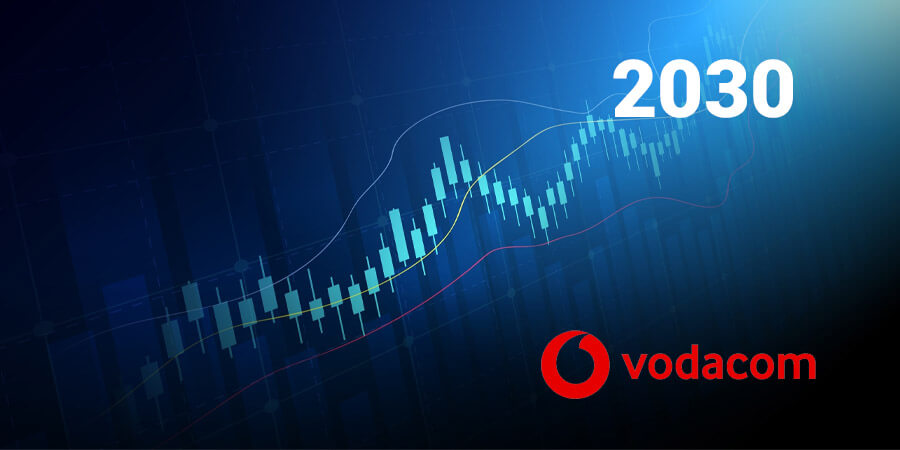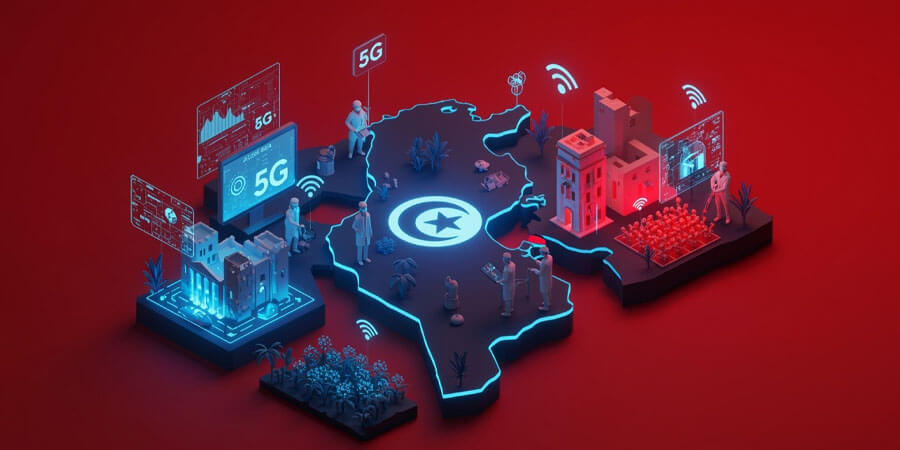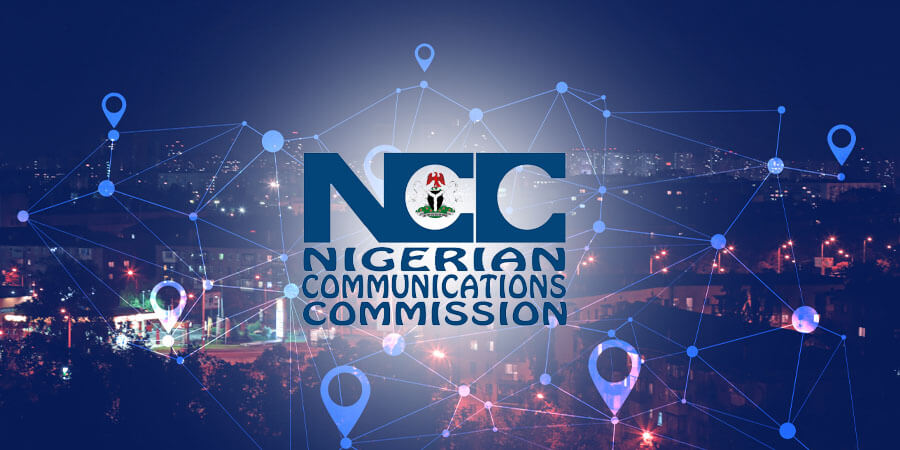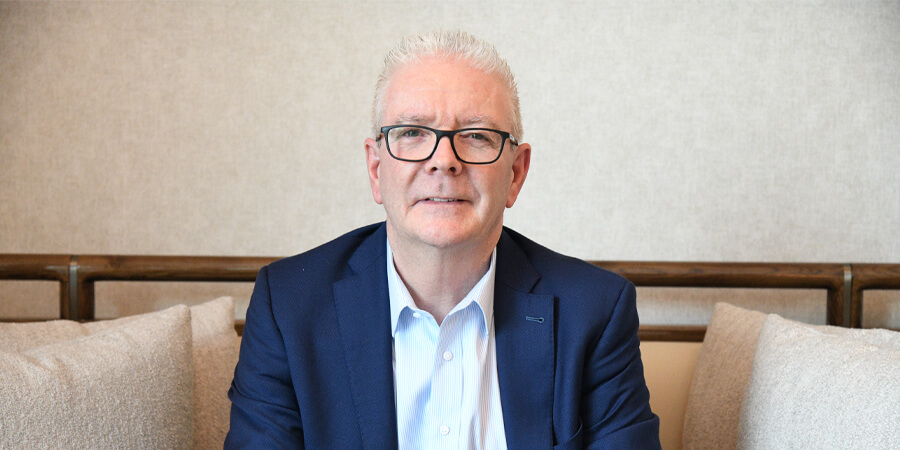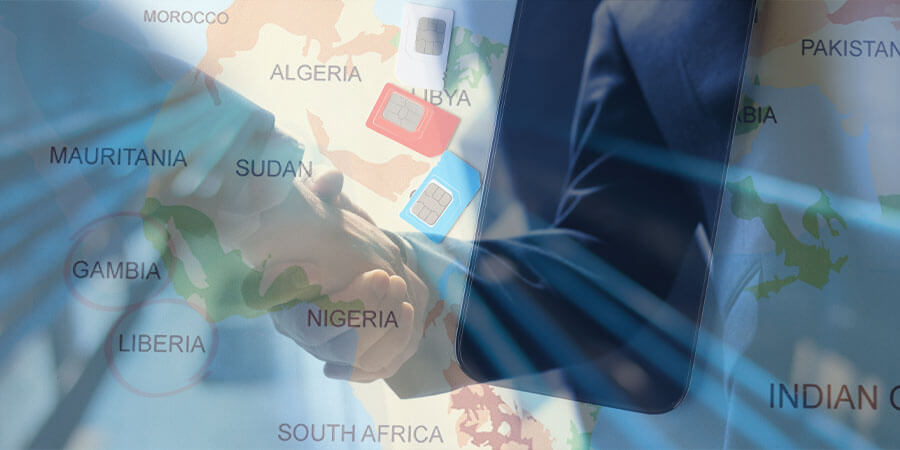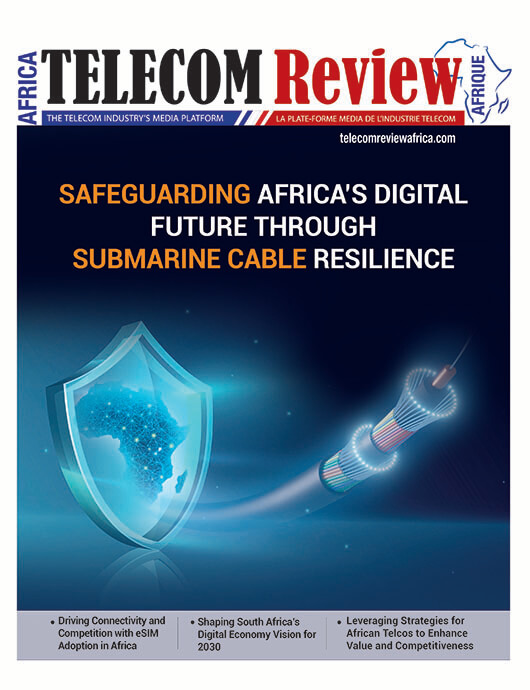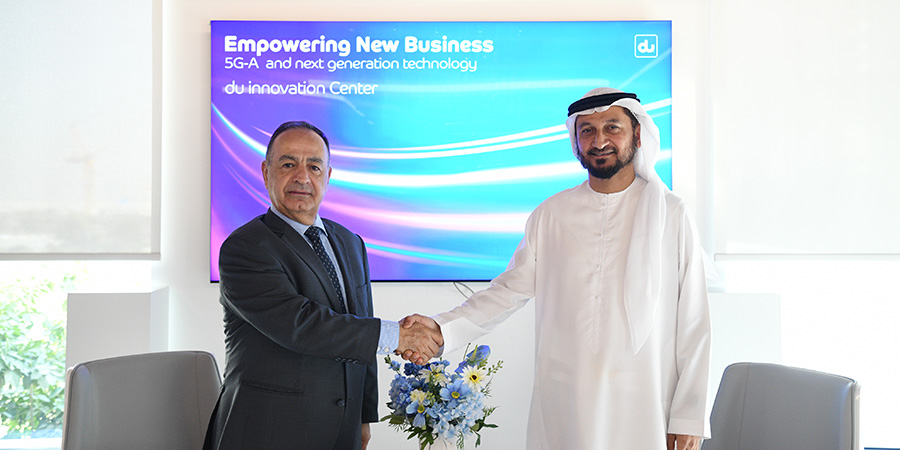The telecom industry has long been at the heart of technological innovation, driving progress with advancements such as 4G, 5G, and the Internet of Things (IoT). Yet, as the world continues to evolve at a rapid pace—shaped by digital transformation, sustainability goals, and the demands of a platform economy—the industry finds itself at a crossroads. For Marco Lichtfous, Managing Director of PMP Strategy Luxembourg, the answer is clear: it’s time for telcos to go beyond networks and embrace a new role as solution providers.
Traditionally, telecom companies have defined themselves as enablers, delivering infrastructure, data, and connectivity. This position, while critical, is no longer enough. Lichtfous believes telcos must shift their mindset to actively deliver solutions tailored to the unique needs of industries, from healthcare and manufacturing to energy and agriculture.
“We have unique capabilities,” he explains. “It’s not just about building networks or enhancing internal operations anymore. Telecom companies have the expertise and tools to bring comprehensive solutions directly to industries, and it’s time to seize that opportunity.”
Fintech: A Proof of Concept
The fintech sector offers a clear example of how telcos can successfully expand beyond traditional roles. By entering the financial services market, some telecom companies have transformed into active solution providers, delivering mobile payments, digital wallets, and financial solutions to retail customers. This evolution didn’t stop at providing connectivity; it addressed a specific market need and created a new revenue stream.
This success in fintech demonstrates what’s possible when telecom companies take bold steps to deliver value beyond networks. If telcos can become solution providers in financial services, why not replicate this approach across other industries?
A World of Untapped Potential
Across sectors, the potential for telecom-driven innovation is immense. Take healthcare, for instance, where technologies enabled by telcos, such as remote surgery and connected care, are already revolutionizing patient outcomes. Or smart manufacturing, where predictive maintenance and enhanced connectivity are reshaping production processes. Energy management, agriculture, smart cities, and connected vehicles are further examples of industries where telecom solutions could drive real value.
Despite these possibilities, Lichtfous argues, telcos have been too focused on optimizing their existing operations rather than positioning themselves as strategic partners for industries. “We’re still playing defense,” he points out. “We see ourselves as infrastructure providers, not as innovators driving new solutions and revenue models. Isn’t it time to play offense again?”
Building Ecosystems That Drive Value
For Lichtfous, the way forward lies in building ecosystems that integrate telecom capabilities with industry needs. Rather than simply offering the technological backbone, telcos should actively engage with businesses, understand their challenges, and deliver end-to-end solutions that create measurable value.
Imagine a car manufacturer, for example, working with a telecom provider to design smarter production lines, implement advanced maintenance systems, and enhance connected vehicle technology. Or a city partnering with a telecom company to build an integrated smart grid that optimizes energy usage and supports sustainability goals. These are not just theoretical opportunities—they are areas where telcos can lead, provided they embrace a solutions-oriented mindset.
“Telcos have the technology, the expertise, and the infrastructure,” Lichtfous says. “What’s missing is the willingness to step forward as solution providers, not just enablers.”
Time for Bold Action
The path ahead requires a cultural and strategic shift within the telecom industry. Lichtfous challenges telecom leaders to adopt a more aggressive approach, one that positions them as advisors, innovators, and drivers of change across industries.
The question is no longer whether telcos have the tools to deliver these solutions. It’s whether they are ready to claim their role as architects of the future. The time for bold action, as Lichtfous emphasizes, is now.
In a world where industries are increasingly interconnected, telcos have a unique opportunity to drive synergy, innovation, and growth. By moving beyond networks and building transformative ecosystems, the telecom industry can unlock new revenue streams and reaffirm its place at the forefront of global progress.
The telecom industry has the chance to redefine its role and shape the future. The question remains: Who will lead the charge?





